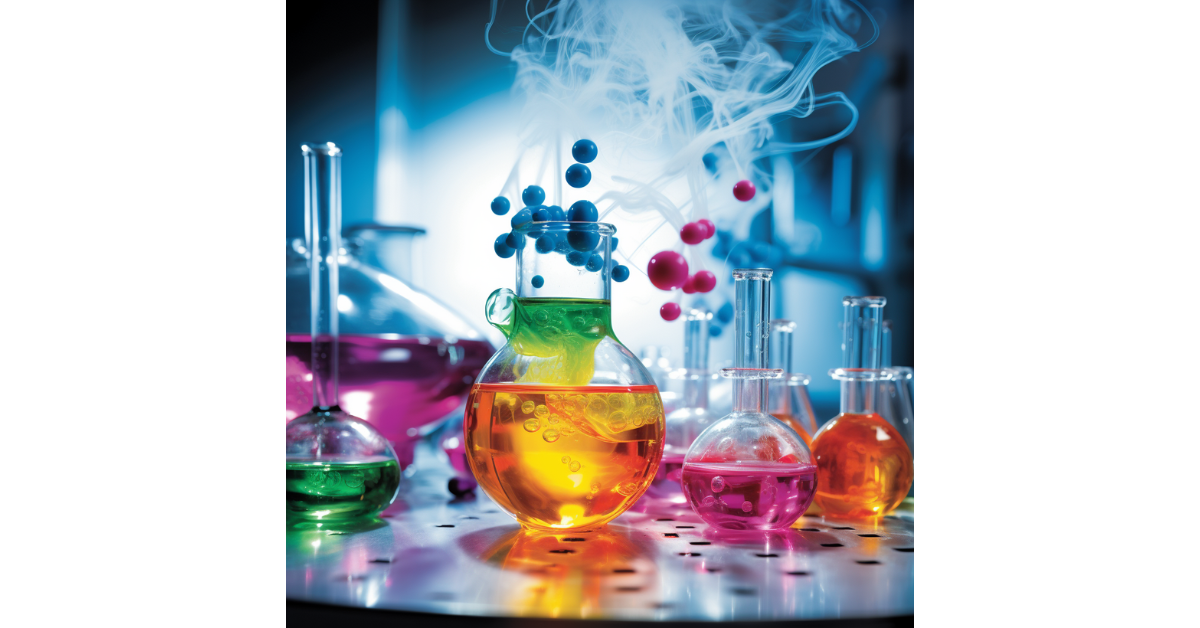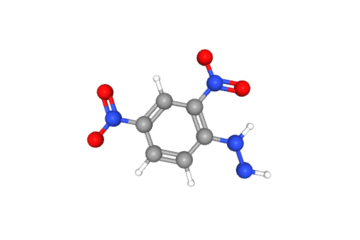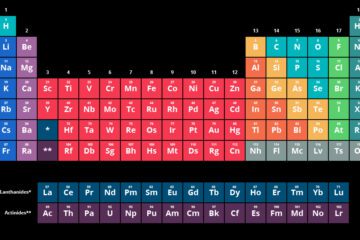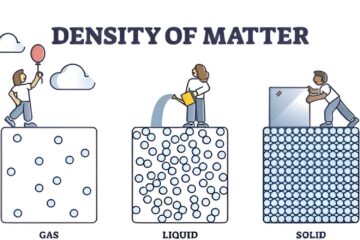Table of Contents
Introduction of Strong Acids and Bases
Acids and bases play a fundamental role in various aspects of life, society, and chemistry itself. In this comprehensive guide, we will delve into the captivating world of strong acids and bases, understanding their properties, applications, and their impact on chemical reactions. Join us on this pHenomenal journey through the captivating realm of chemistry.
Understanding Strong acids and bases
Acids and bases were initially defined by the Swedish Chemist Svante Arrhenius in the 1880s. According to Arrhenius, acids are substances that produce hydrogen ions (H+) in water, while bases produce hydroxide ions (OH-) in water. Later, the definitions expanded with the contributions of Danish chemist Johannes Bronsted and English chemist Thomas Lowery to include non-aqueous solutions. According to the Bronsted-Lowry definition, acids donate protons, while bases accept protons. This fascinating interaction resembles a game of hot potato!
Exploring Strong Acids
Strong acids are substances that completely dissociate in water, releasing H3O+ ions and effectively lowering the pH of the solution. The strength of an acid refers to its ability or tendency to lose a proton. Strong acids readily ionize in a solution compared to weaker acids. Six common strong acids include hydrochloric acid (HCl), hydrobromic acid (HBr), hydroiodic acid (HI), sulfuric acid (H2SO4), nitric acid (HNO3), and perchloric acid (HClO4). These acids ionize nearly 100% in a solution, making them life of the pool party!
It is crucial to handle these highly corrosive substances with extreme care due to their ability to produce dangerous fumes and cause severe burns. Treat them like the rebels of the chemistry world – best left untouched without proper protection!
Discovering Strong Bases
A strong base is one that completely dissociates in an aqueous solution, releasing hydroxide ions per molecule of the base solution. A base is considered strong if it can readily deprotonate (remove an H+ ion) from other compounds. Examples of strong bases include sodium hydroxide (NaOH), potassium hydroxide (KOH), lithium hydroxide (LiOH), rubidium hydroxide (RbOH), cesium hydroxide (CsOH), calcium hydroxide (Ca(OH)2), barium hydroxide (Ba(OH)2), and strontium hydroxide (Sr(OH)2).
pH and pOH:
Understanding the Acidic and Basic Nature The pH scale is a valuable tool for measuring the acidity or basicity of a solution. Solutions with a pH less than 7 are acidic, while solutions with a pH greater than 7 are basic. By using the initial concentration of a strong acid or base, we can determine the pH of a solution. Conversely, the pH of a solution can help us determine the hydronium ion concentration. Additionally, the pOH of a solution provides insights into the hydroxide ion concentration.
Mixing Strong Acids and Bases
The combination of a strong acid and a strong base results in stable compounds. The neutralization of the solution occurs when a strong acid and a strong base are mixed. The concentration of the resulting mixture depends on the component that is present in excess. Consequently, the mixture can be acidic, basic, or neutral, depending on the quantities of the solutions involved.
Quantifying Acid and Base Strength:
Dissociation Constants The strength of an acid can be quantified using a constant that describes the extent of its dissociation in water. For example, the hypothetical acid HA dissociates according to the reaction: HA ⇌ A− + H+. These reactions depict the equilibrium dissociation or ionization of the acid molecule. The equilibrium constant equation that quantifies these reactions has the following form: Ka = [A−] [H3O+] / [HA].
Conclusion
Strong acids and bases are indispensable in various fields, offering diverse applications in chemistry. Their complete ionization and ability to modify pH levels make them pivotal in countless chemical reactions. Understanding their properties and behaviors provides invaluable insights into chemical processes. Remember, these substances are highly reactive and require careful handling. They possess the power and allure of dragons—mighty and fascinating, yet potentially hazardous!
Recent Research
Recent studies have shed light on the captivating world of strong acids and bases. For example, a study titled “Observing Aqueous Proton-Uptake Reactions Triggered by Light” highlighted the essential role of proton-transfer reactions in water for chemistry and biology. The study explored how strong photobases react with weak acids through parallel and competing reaction channels, distinguishing them from previously studied strong acid–weak base reactions
.
Another study titled “Generic Model for Plant Uptake of Ionizable Pharmaceuticals and Personal Care Products” expanded our understanding of how plants absorb pharmaceuticals and personal care products, including weak and strong acids and bases.
In the field of environmental science, a study titled “Cost-effective Bi2WO6 for efficient degradation of rhodamine B and tetracycline”demonstrated the use of strong bases in synthesizing nanostructured photocatalysts for pollutant degradation.
Lastly, the study “Synthetic approaches of medicinally important Schiff bases: An updated Review” emphasized the significance of Schiff bases, synthesized from aldehydes or ketones and amines, in the pharmaceutical industry. These bases constitute a new class of drugs that can bolster the immune system and be employed in treating various ailments.
As evident from these studies, the world of strong acids and bases is not only fascinating but also continuously evolving, akin to the twists and turns of a captivating mystery novel!
Check Our Chemistry Blog Here: Unravel the Secrets of Chemistry with Engaging Articles
Click Here to Dive Back into Our Educational Resources and Expand Your Knowledge Blog




